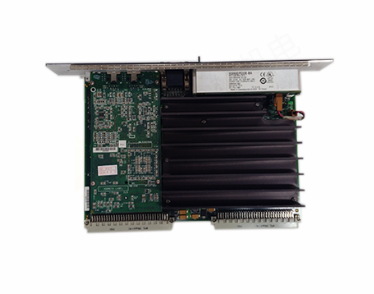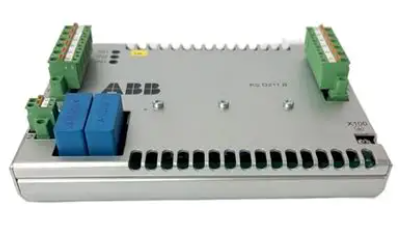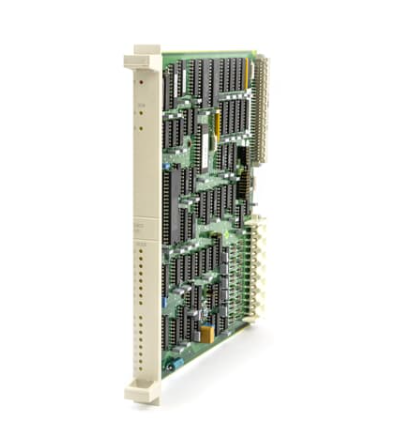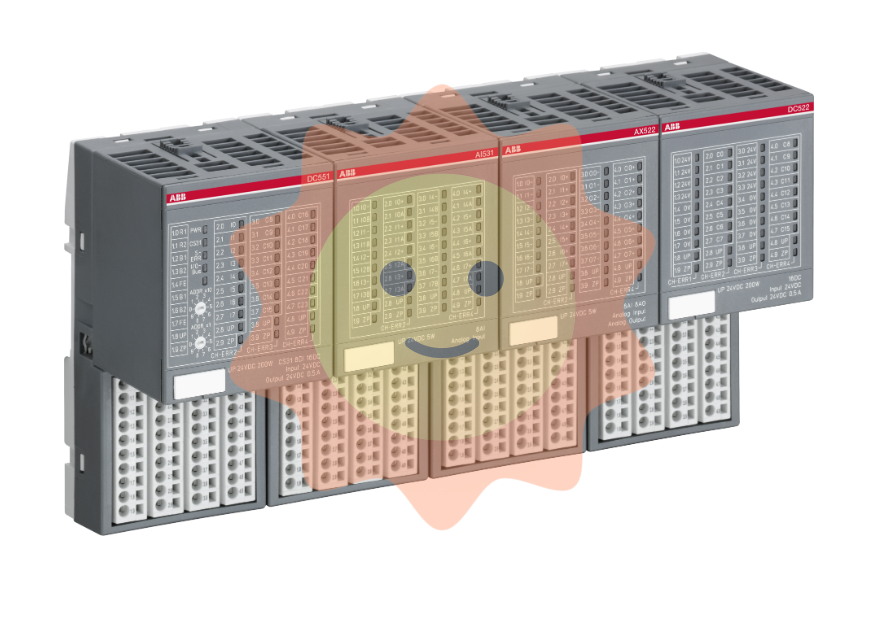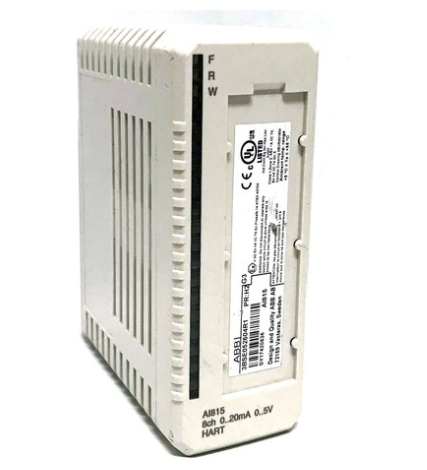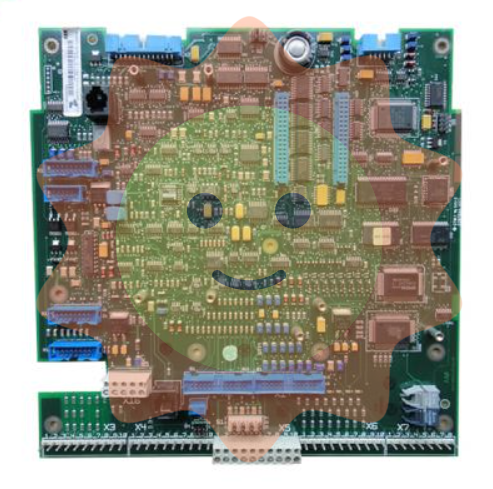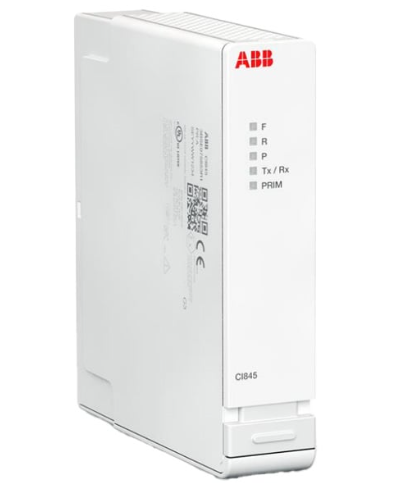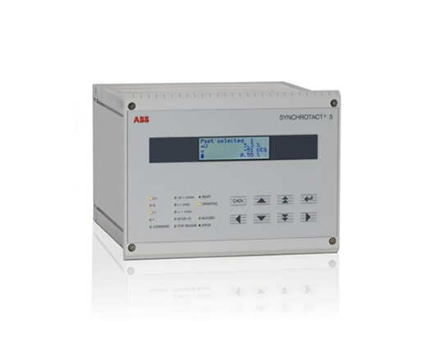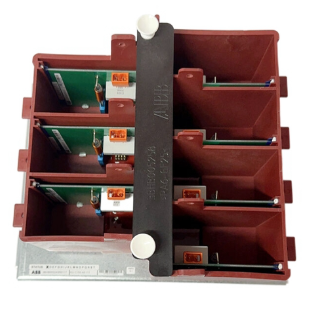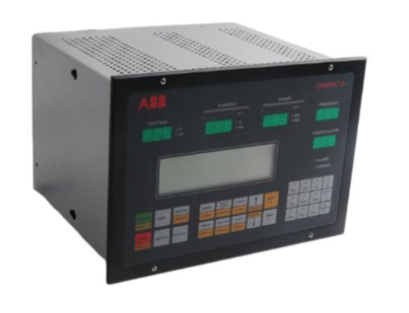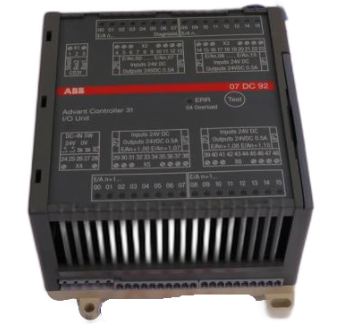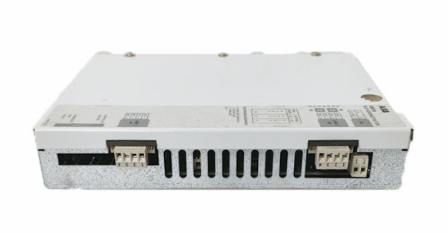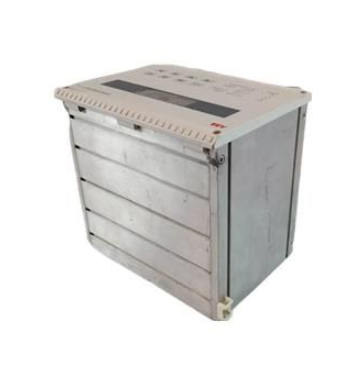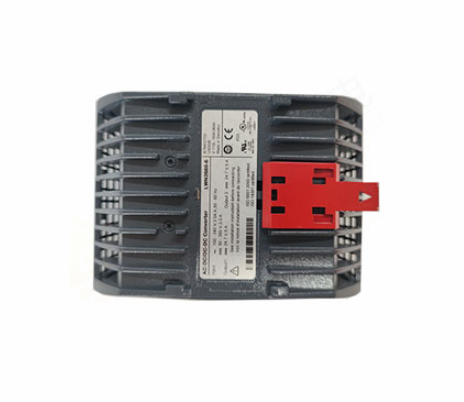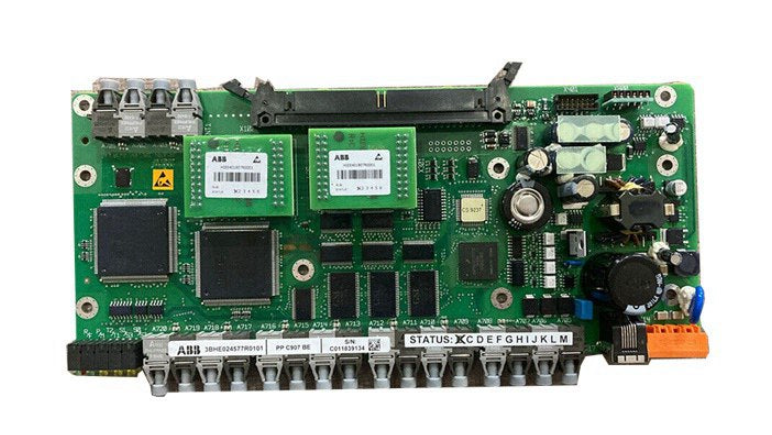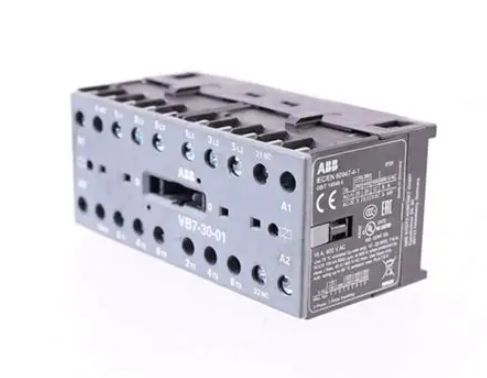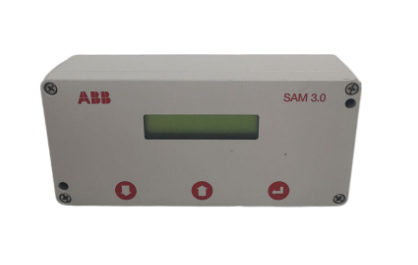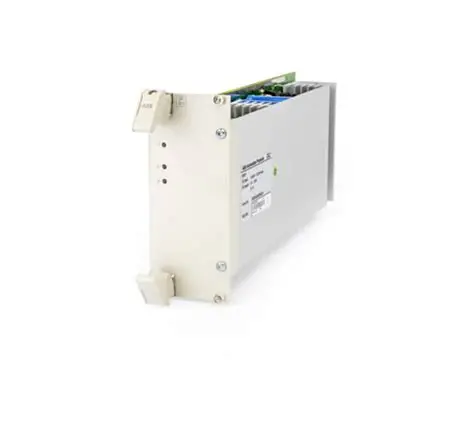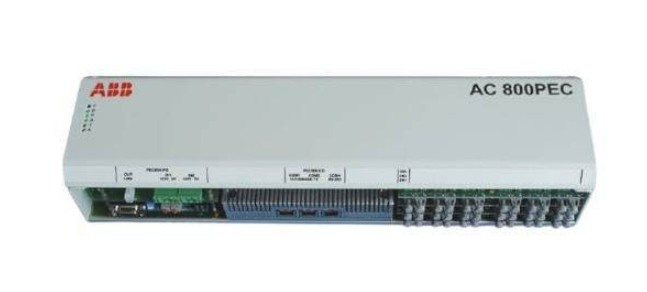ABB 3HNE 00313-1 TILLV.0317 Machine No. 64-25653
ABB 3HNE 00313-1 TILLV.0317 Machine No. 64-25653
Basic Product Information
Model number analysis
3HNE: A common numbering prefix for ABB industrial robots and automation equipment, indicating that the product belongs to ABB's industrial automation product line and is related to robotic systems, automation control equipment, etc.
00313-1: may be a specific serial number or version number of a product, used to distinguish between different specifications or iterations of the same type of product. There may be differences in functionality, performance or hardware configuration between versions, e.g. a new version may have optimised control algorithms, enhanced communication capabilities, or improved hardware architecture to enhance reliability .
TILLV.0317: Presumably a customised or revised version of the product is identified, and ‘TILLV’ may be ‘Tillverkning’ (Swedish for ‘manufacturing ‘TILLV’ may be a corruption of “Tillverkning” (Swedish for “manufacturing” or “production”), and 0317 may represent information such as the production batch, the date of customisation, or the date of a version update.
Machine No. 64-25653: The machine number, similar to a product's ID number, is used for product traceability, after-sales service and equipment management. Through this number, ABB officials or users can query the production information, factory test reports, installation records, etc., which is convenient for quick location and solution when equipment problems occur.
Product positioning speculation
Based on ABB's business layout in the field of industrial automation, 3HNE 00313-1 TILLV.0317 is likely to be a key component of an industrial robot system, such as robot controllers, servo drive modules, teach pendulums, or specialised control units in automated production lines. The customised version identification and detailed machine number indicate that the product may have been customised for specific customer needs or application scenarios to meet the requirements of high-precision and high-reliability operation in complex industrial environments.
Possible core technical parameters
Due to the lack of official public detailed technical parameters, combined with the characteristics of similar industrial automation products of ABB, its core parameters for reasonable speculation:
Electrical parameters
Power supply voltage: If it is a robot controller or servo drive module, it is expected to adapt to common industrial voltages, such as three-phase AC 380V ± 10%, to ensure stable operation in a standard industrial power grid environment, and at the same time, it has a certain adaptability to voltage fluctuations, so as to ensure that the equipment can still work normally when the power grid is unstable.
Power consumption: Depending on the function and application scenarios, the power consumption may range from a few hundred watts to several kilowatts. For example, as a robot controller, the power may be 500W - 2000W; if it is a high-power servo drive module, the power may reach several kilowatts, in order to drive the heavy joints of industrial robots or the large mechanical parts of automated production lines.
Communication interfaces: In order to achieve interoperability with the robot body, sensors, host computer and other automation equipment, it may be equipped with a variety of communication interfaces, such as Ethernet interfaces (supporting industrial Ethernet protocols such as PROFINET, EtherCAT, etc.), RS485, CAN bus, fieldbus interfaces (e.g., Profibus), etc. These interfaces can meet different communication rates and requirements. These interfaces can meet the requirements of different communication rates and protocols to achieve high-speed and stable data transmission and ensure seamless integration of the device with the entire automation system.
Performance parameters
Control accuracy: If it is a control device, in position control, the positioning accuracy may reach ±0.1mm or even higher, in order to meet the high precision requirements of industrial robots in precision assembly, welding and other processes; in speed control, the speed fluctuation range may be controlled within ±1%, to ensure the smoothness of the movement.
Response speed: In order to adapt to the rapidly changing working conditions in industrial automation, the response time of the equipment may be at the millisecond level. For example, after receiving control commands, the servo drive module can complete the adjustment of motor speed and torque within a few milliseconds, and the robot controller can quickly process and respond to the sensor feedback information to achieve real-time precise control of the robot movement.
Work stability: through redundant design, heat dissipation optimisation, electromagnetic compatibility (EMC) design and other technical means, to ensure that the equipment maintains a stable working condition in a harsh environment, such as long-time continuous operation, high temperature, high humidity and strong electromagnetic interference. Mean Time Between Failure (MTBF) is expected to reach tens of thousands of hours, reducing equipment maintenance costs and downtime, and improving production efficiency.
- EMERSON
- Honeywell
- CTI
- Rolls-Royce
- General Electric
- Woodward
- Yaskawa
- xYCOM
- Motorola
- Siemens
- Rockwell
- ABB
- B&R
- HIMA
- Construction site
- electricity
- Automobile market
- PLC
- DCS
- Motor drivers
- VSD
- Implications
- cement
- CO2
- CEM
- methane
- Artificial intelligence
- Titanic
- Solar energy
- Hydrogen fuel cell
- Hydrogen and fuel cells
- Hydrogen and oxygen fuel cells
- tyre
- Chemical fiber
- dynamo
- corpuscle
- Pulp and paper
- printing
- fossil
- FANUC
- Food and beverage
- Life science
- Sewage treatment
- Personal care
- electricity
- boats
- infrastructure
- Automobile industry
- metallurgy
- Nuclear power generation
- Geothermal power generation
- Water and wastewater
- Infrastructure construction
- Mine hazard
- steel
- papermaking
- Natural gas industry
- Infrastructure construction
- Power and energy
- Rubber and plastic
- Renewable energy
- pharmacy
- mining
- Plastic industry
- Schneider
- Kongsberg
- NI
- Wind energy
- International petroleum
- International new energy network
- gas
- WATLOW
- ProSoft
- SEW
- wind
- ADVANCED
- Reliance
- YOKOGAWA
- TRICONEX
- FOXBORO
- METSO
- MAN
- Advantest
- ADVANCED
- ALSTOM
- Control Wave
- AB
- AMAT
- STUDER
- KONGSBERG
- MOTOROLA
- DANAHER MOTION
- Bently
- Galil
- EATON
- MOLEX
- Triconex
- DEIF
- B&W
- ZYGO
- Aerotech
- DANFOSS
- KOLLMORGEN
- Beijer
- Endress+Hauser
- MOOG
- KB
- Moxa
- Rexroth


Email:wang@kongjiangauto.com



